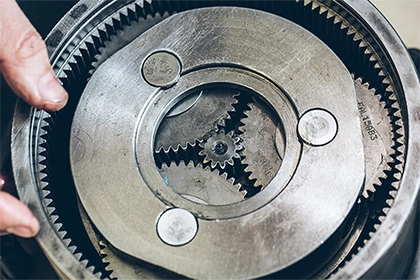
What is the closed loop of the motor?
Closed-loop motor control is a control system used to regulate the output of a motor. A sensor constantly measures the output characteristics of the motor and the sensor output acts as feedback to regulate the input. The sensor could be a tachometer, optical encoder, Hall-effect type positional, or rotary sensor.
A closed loop in a motor refers to a control system used to regulate the output of the motor. A sensor continuously measures the output of the motor and then gives feedback to adjust the input, thereby controlling the speed, torque, and position of the motor.
Composition of the closed-loop system
A closed-loop motor system has basic components, such as sensors, controllers, and actuators. The sensor is used to measure the output of the motor, such as speed or position. The controller receives feedback from the sensor and uses it to adjust the motor voltage and current inputs. The actuator applies the adjusted data to the motor.
Advantages of closed-loop systems
- With a closed-loop system, the output of the motor is continuously monitored, which helps to make real-time adjustments, thus improving accuracy and efficiency.
- Excessive motor speed or torque may cause the motor to overload or overheat. A closed-loop system can also help extend the life of the motor by preventing overload and overheating.
Conclusion
In summary, a closed-loop motor system is a control system that monitors the motor output and adjusts the input in real-time to achieve precise control of speed, torque, and position. Closed-loop systems are widely used in a variety of industrial and renewable energy systems because of several advantages over open-loop systems, including higher accuracy and efficiency, as well as protection from damage caused by malfunctions or other problems.



Leave a Comment